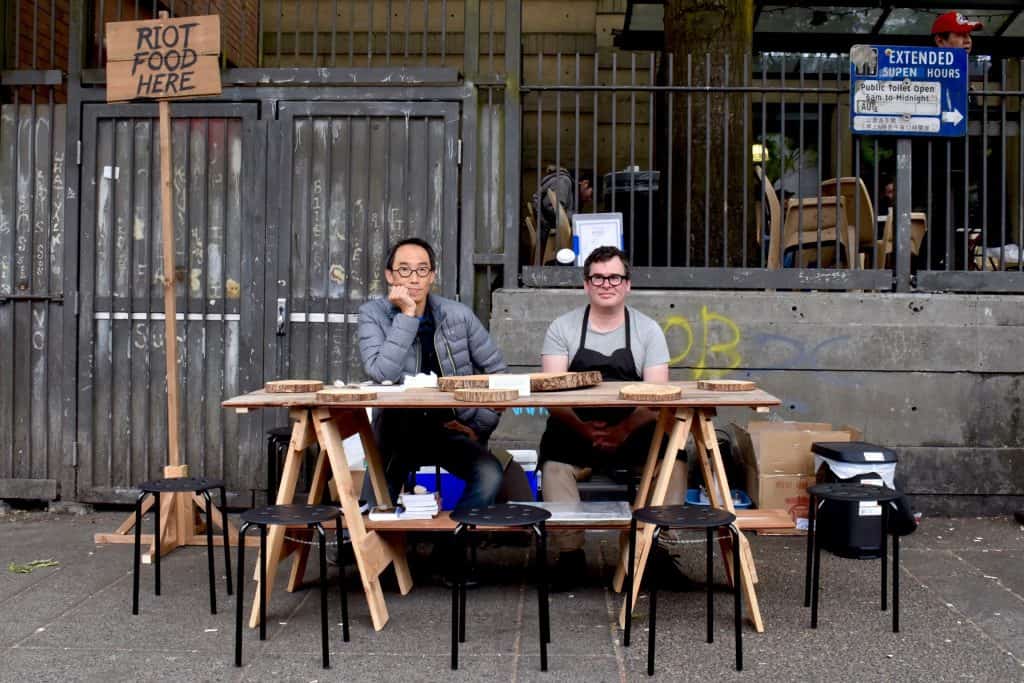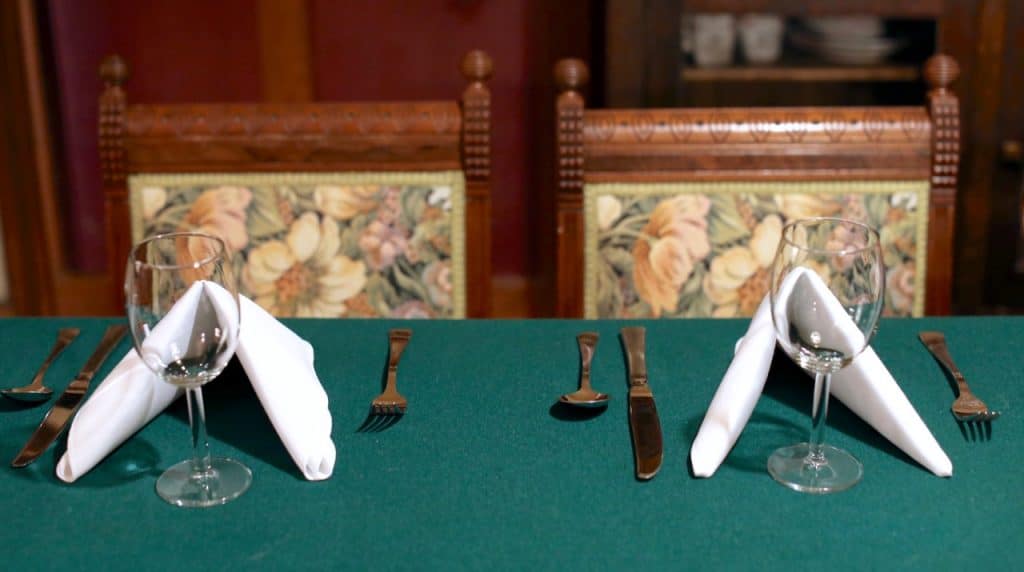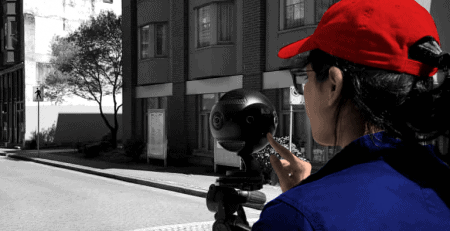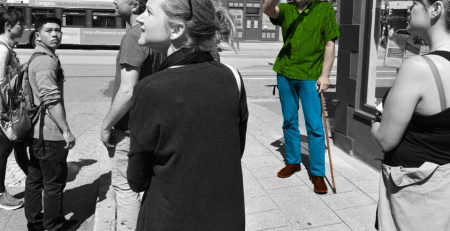Context and Background
By Henry Tsang

360 Riot Walk is in some ways a sequel or a spin-off from a previous project, RIOT FOOD HERE, which also drew upon the 1907 anti-Asian race riots as subject matter.
RIOT FOOD HERE took the form of pop-up food offerings in 4 locations over 4 weekends in the summer of 2018. The locations were all significant sites along the route taken by the demonstration and parade organized by Vancouver’s Asiatic Exclusion League, from which a mob formed to attack Chinatown and Nihonmachi. The food tastings, created by chef Kris Barnholden, reflected five cuisines that people in the area were eating at the time of the riot: European, Chinese, Japanese, Aboriginal and Punjabi.
RIOT FOOD HERE began with a walking tour led by Michael Barnholden, author of Reading the Riot Act: A Brief History of Riots in Vancouver. During this tour, I wondered how great it would be to have the walking tour available on a regular basis, instead of whenever Michael was invited to give one, which he has done sporadically over the years. And how great it would be if one could experience it both on site – in situ – as well as from anywhere in the world. So I proposed the idea of creating a 360 interactive video to Michael, and he was game to write the script on which we ended up collaborating. Since he first wrote his book in 2005, more historical information has surfaced and more documents have been digitized, so a fair bit more research has been included in this tour.

The Unwelcome Dinner
On February 24, 2017, I organized a curated dinner that commemorated the 130th anniversary of Vancouver’s first anti-Chinese riot with guest speakers accompanied by a thematic food and drink menu. Commissioned by Centre A: Vancouver International Centre for Contemporary Asian Art, the event was situated in the Roedde House, built six years after the riots in the former forest that Chinese labourers were eventually brought back again to clear.
Local activist Hayne Wai spoke about the institutional racism that the Chinese have confronted since that time, raising questions about who has the right to call this place home. Food critic Stephanie Yuen gave an account of the history and representation of Chinese cuisine in the city. Kevin Huang talked about his work with the Hua Foundation and their engagement with youth culture among Chinese Canadians and beyond to build awareness and activism for food security and cultural traditions. And chefs Wesley Young and Jacob Deacon Evans created a menu influenced by archival menus from the late 1800s in Vancouver, while speculating on the relationship between the Roedde family and their Chinese houseboy.
Much of my work, and indeed, much of my life, has been spent pondering, and attempting to articulate my position in this place that I have the honour to call my home. When I was young, my family migrated from one edge of the British colonial empire that was ceded in a treaty from the First Opium War (Hong Kong), to another that is unceded, the land of the Musqueam, Squamish and Tseil-Waututh (Vancouver). Many of my projects, although not all, are in some way an exploration of the nexus of relationships and histories, peoples and capital, languages and cultures that at some times co-exist and overlap, and at other times grate aggressively against each other.
360 Riot Walk uses 360 video technology to raise awareness of the anti-Asian race riots as a way to encourage dialogue and reflection on who has the right to live here. The recent increase in anti-Asian, anti-Black, anti-Muslim and anti-indigenous violence, and the response by the Black Lives Matter and other civil rights movement, are all part of the legacy of historic and current racisms. Much has been gained from a human rights perspective since the formative decades of Vancouver’s, British Columbia’s and Canada’s founding, but the struggle remains to achieve equality and justice for all.



